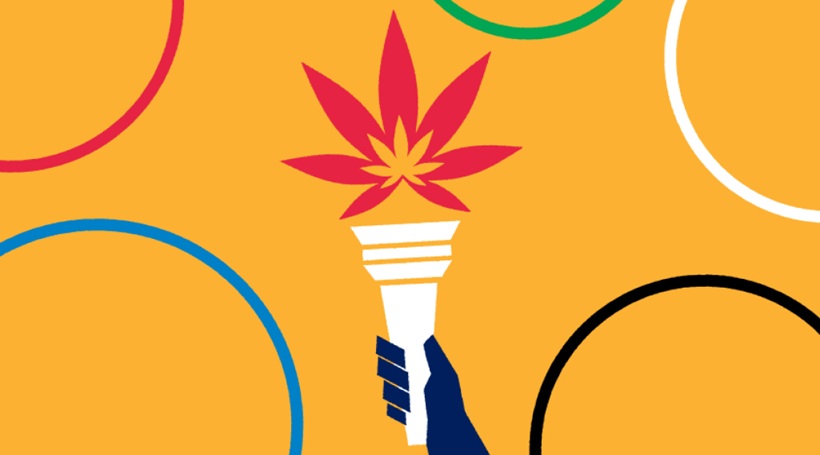For modern athletes, recovery sits next to training on the plan. Hard work strains muscles, joints, and focus. Rest and smart support drive progress over time. CBD now appears in many locker room talks. Some hope it helps with sleep or soreness. Others stay cautious due to testing rules and product quality. Policies changed in recent years, but doubt remains.
CBD and the rules of sport
CBD now has real visibility in sport. Interviews mention it more often. Research explores effects on recovery and stress. Before any use, athletes must know the basics and the rules.
Why athletes look at CBD ?
CBD stands for cannabidiol. It is a compound from hemp. It does not cause a « high » unlike THC. Athletes consider it for sleep, soreness, and pre-event calm. To compare options and sources, athletes can view CBD products on Mamakana.us. Mama Kana focuses on clear sourcing and steady quality from farm to packaging. The brand shares batch data and plain product notes for each lot. Independent checks by third-party labs support trust and reduce doubt for buyers.
It favors plain language over hype or vague promises in all materials. It highlights access, reliability, and a measured approach to CBD across its range, including clear batch histories and dates. This stance helps athletes compare options without pressure and choose calmly with proper context, lowering noise and reducing guesswork. It supports a culture that values care, testing, documentation, and transparent records across the supply chain.
Anti-doping framework and current policies
In 2018, WADA removed CBD from the banned list. THC and most other cannabinoids remain prohibited. That is still the case in and out of competition. National bodies remind athletes about contamination risks. Labels can be wrong. Small THC traces can trigger a test. Labs measure metabolites, not marketing claims. Careful supplier choice remains part of risk control.
Anti-doping policies vary by country. The AFLD advises strict vigilance in France. It warns that even legal products may hide THC. Supply chains are complex and errors happen. Athletes should review certificates for each lot. They should match the lot on the label. Independent labs add weight to the claim. Keep records of dates, lots, and receipts.
Practical approach for athletes
CBD may fit a recovery plan, but it is not a fix. Good sleep, nutrition, and rest still lead. Treat CBD as one tool, not a shortcut.
How athletes integrate CBD ?
Some take CBD after long runs or heavy lifts. Others use it during travel or high stress phases. Reported effects include calmer focus and better rest. Every body differs. Track timing and amounts in a simple log. Adjust slowly and pause if issues appear. Speak with medical staff before any change. Athletes should also review team or federation rules. Some teams set stricter internal policies. Medical staff may request documentation. Align your plan with those rules before you start.
Risks, research, and safe practice
Products can carry THC above claims due to process errors. Cross-contamination may occur during extraction or packing. A failed test can harm a season and career. Certificates of analysis help verify content by batch. Recent studies examine sleep, soreness, and stress. Early results suggest possible support in these areas. Evidence is still developing. Avoid last-minute trials near events. Verify each batch and store products well. Step back if you doubt a label or a source.


